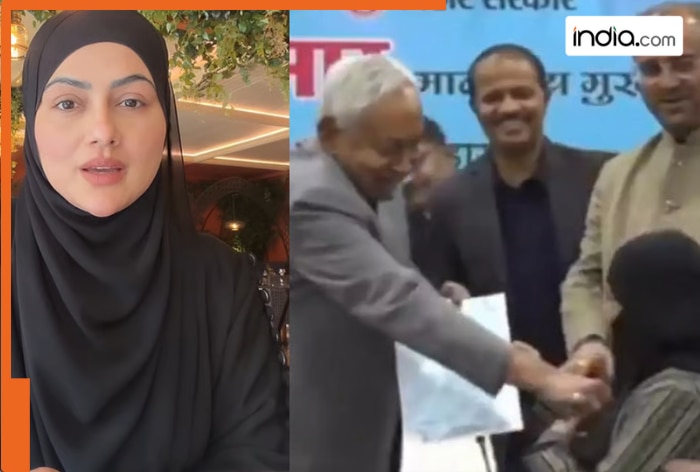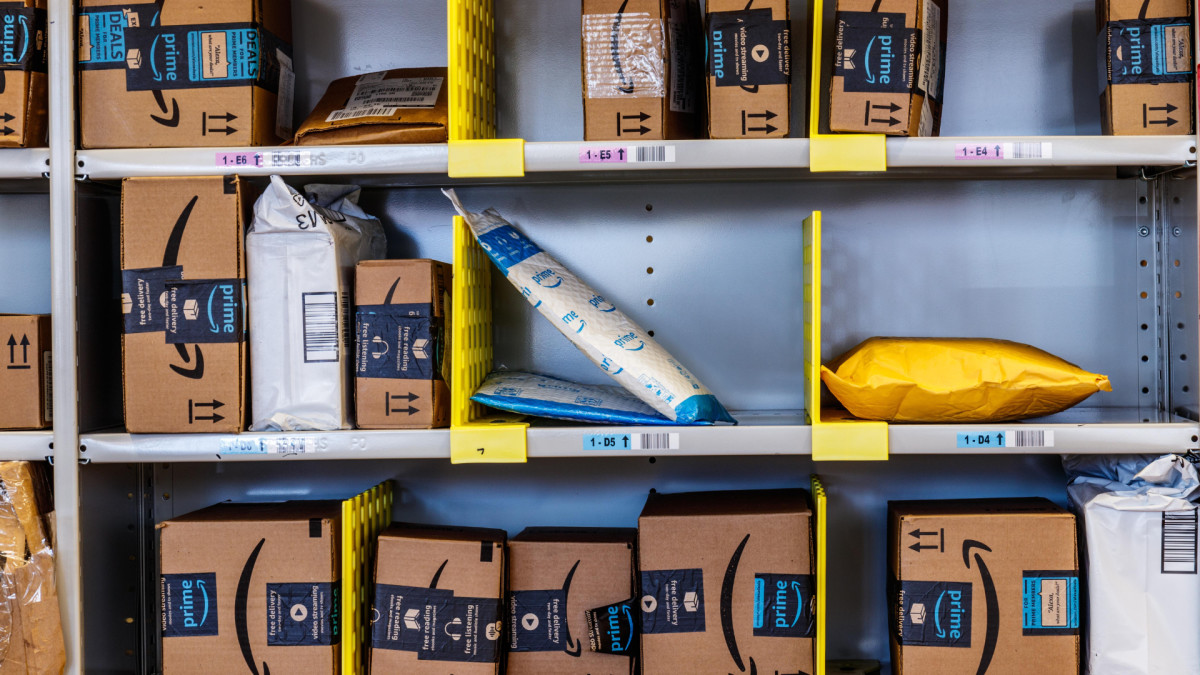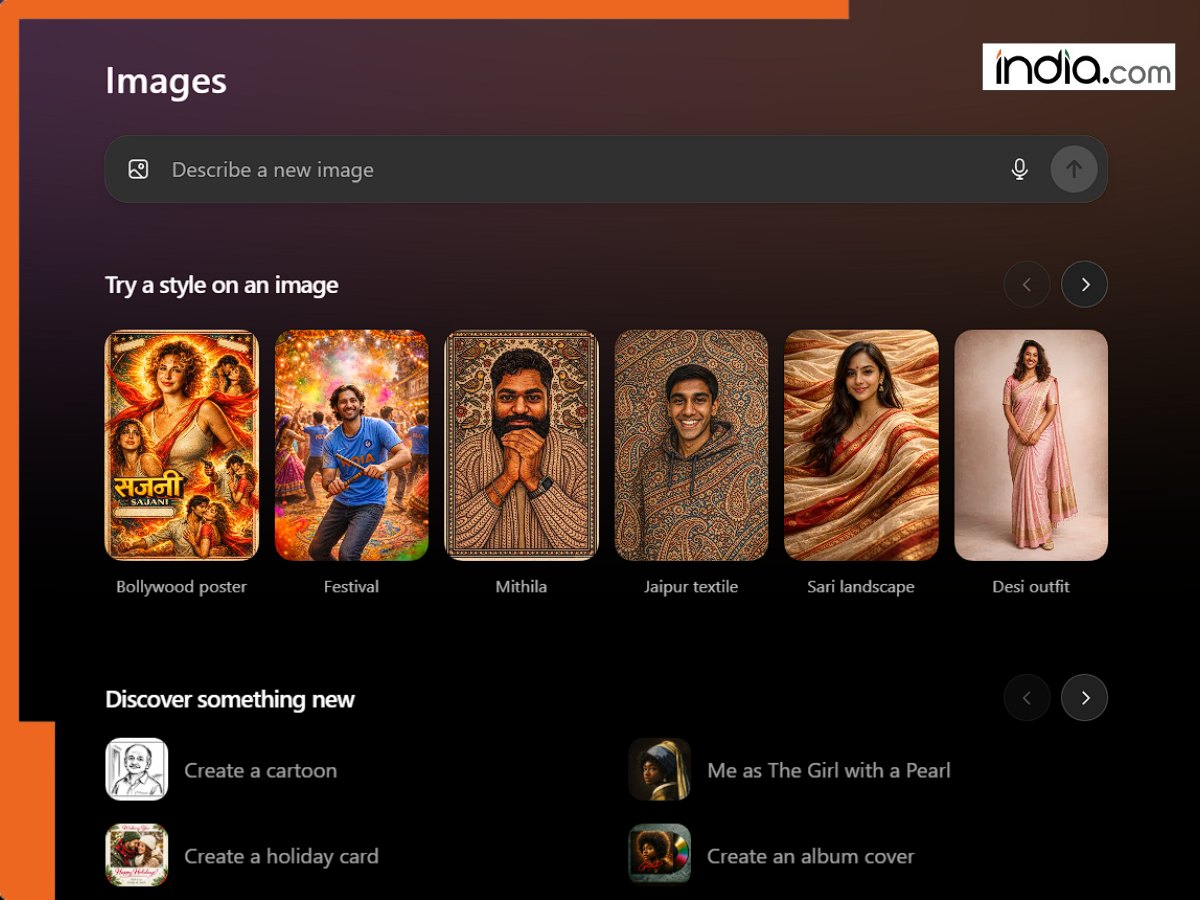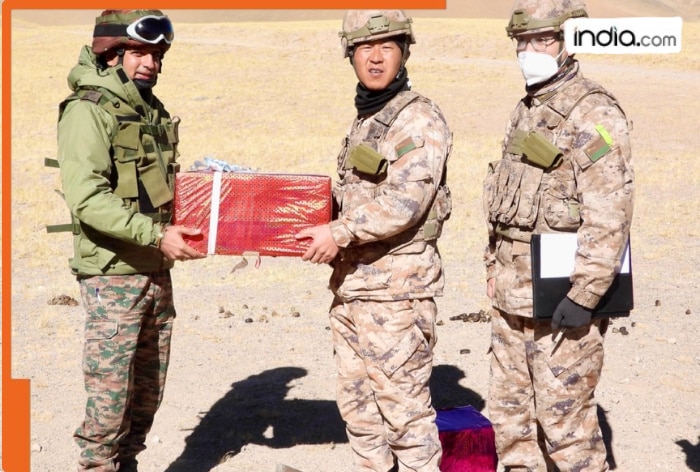Bihar Assembly Election: Bangladeshi Muslim infiltrators in Bihar identified! They are related…
The Surjapuri community is the largest in terms of population.
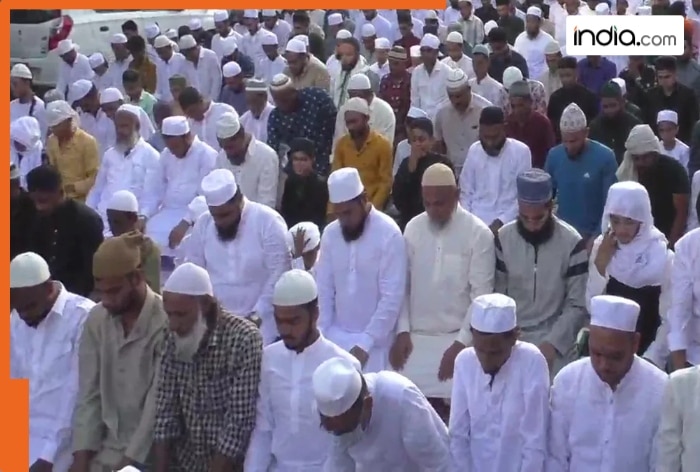
New Delhi: During the Bihar elections, the term “infiltrators” resonates with Muslims living in the Seemanchal and Kosi regions. It is believed that the Muslims whom some Bharatiya Janata Party (BJP) leaders are calling “infiltrators” are actually “Shershahbadi Muslims.” This community migrated from West Bengal long ago and historically traces its roots to Sher Shah Suri. The ‘Shershah Suri’ Muslims still speak Bengali, while other Muslim communities converse in Surjapuri (the local language). This community is considered very hardworking. Local Muslims divide themselves into ‘Desi’ (locals) and ‘Pachhima’ (those from the west). While all Muslims in Seemanchal appear united from the outside, there are significant differences among them on language and other issues, and political parties seek to exploit this.
Shershahbadi vs. Desi Muslims
Local Muslims in Seemanchal call themselves ‘Desi’, and they primarily comprise Surjapuri and Kulhaiya Muslims. The Surjapuri community is the largest in terms of population. Surjapuri voters are considered decisive in all four assembly seats in Kishanganj, as well as in Purnia’s Aamro-Baisi and Katihar’s Balrampur seats. Similarly, Kulhaiya Muslims influence the Jokihat and Araria seats in Araria. In 2020, 11 Muslim MLAs won from Seemanchal, six of whom were Surjapuri.
Who are the Shershahbadi Muslims in Bihar?
Those speaking a mixed Urdu-Bengali language in Seemanchal are generally identified as Shershahbadi Muslims. In government records, this population falls under the Backward Class category. They converse among themselves in typical Bengali. Their community claims that their descendants served as soldiers in the army of Sher Shah Suri. The founder of the Suri dynasty, Sher Shah Suri, defeated the Mughal emperor Humayun and established his sultanate. The traditions of Shershahbadi Muslims are also quite different from other Muslim communities, which is enough to isolate them within the Muslim community.
In Seemanchal, infiltrators have only one meaning: the Shershahbadi community. Local Muslims call them names like Bhatia, Badhiya, and Maldahiya. However, the Shershahbadi Muslim community considers these terms derogatory. However, Shershahbadi Muslims claim to be the original inhabitants of Malda-Murshidabad. However, their opponents do not believe this. At the time of the elections, Muslims who claim to be descendants of Sher Shah Suri’s soldiers are branded as infiltrators in Seemanchal.
Seemanchal politics
A large section of local Surjapuri Muslims often expresses displeasure with these attempts to isolate the “Shershahbadi.” When spoken to, they say that false narratives are fed into their minds during elections, disrupting brotherhood. Kishanganj in Seemanchal has a Muslim population of 67 percent, Katihar 42 percent, Araria 41 percent, and Purnia 37 percent. According to the Bihar government’s Caste Survey 2023, the number of Surjapuri Muslims is 2,446,212 (1.8713%). Meanwhile, the number of Shershahabadi Muslims is 1.3 million 2 thousand 644 (0.9965%). This data is only for Purnia, Katihar, Kishanganj, and Araria districts.
What's Your Reaction?













